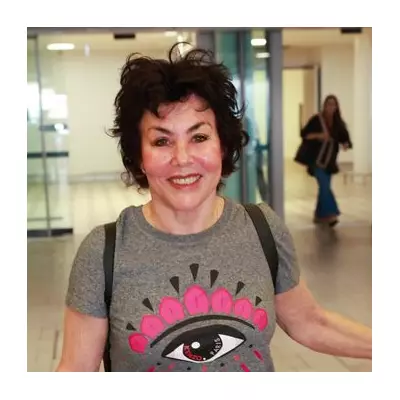
In a medical breakthrough that could transform thousands of young lives, British researchers have developed a groundbreaking gene therapy showing extraordinary promise for children battling the devastating SYNGAP1 syndrome.
What is SYNGAP1 Syndrome?
SYNGAP1 is a rare genetic disorder that wreaks havoc on brain development, leaving children with severe autism, drug-resistant epilepsy, intellectual disabilities, and profound developmental delays. Until now, families faced limited treatment options and diminishing hope.
The Revolutionary Treatment
The innovative therapy works by delivering a healthy copy of the faulty SYNGAP1 gene directly to brain cells, effectively correcting the underlying genetic defect responsible for the condition. Early clinical trials have yielded results that researchers are calling "miraculous."
Remarkable Patient Outcomes
Children who participated in the trials have shown dramatic improvements, including:
- Significant reduction in seizure frequency and intensity
- Enhanced cognitive function and learning ability
- Improved social interaction and communication skills
- Better motor coordination and physical development
Hope for British Families
For UK families like the Thompsons from Manchester, who have watched their daughter Sophie struggle with hundreds of seizures weekly, this development represents the first real hope they've encountered in years. "We've tried everything," her mother shared. "To see her responding to this treatment feels like we're getting our daughter back."
The Science Behind the Success
The treatment utilizes advanced viral vector technology to transport the corrective genetic material across the blood-brain barrier, targeting the precise neurons affected by SYNGAP1 mutations. This precision approach minimises side effects while maximising therapeutic benefits.
What This Means for Future Treatments
This success story opens new doors for treating other neurodevelopmental disorders and genetic conditions affecting brain function. Researchers believe the same technology could be adapted for related conditions, potentially helping thousands more children worldwide.
While the treatment is not yet widely available, the overwhelming success of initial trials has accelerated regulatory approval processes, with hopes that it could become accessible to more patients within the coming years.





